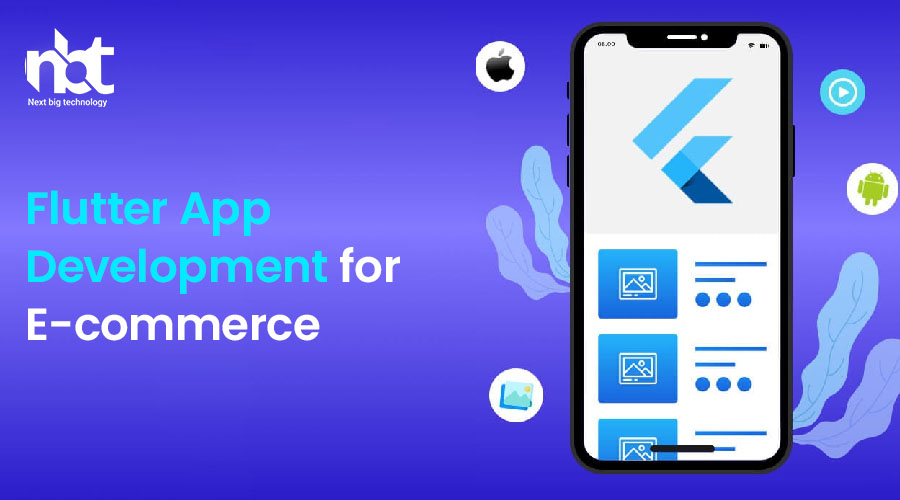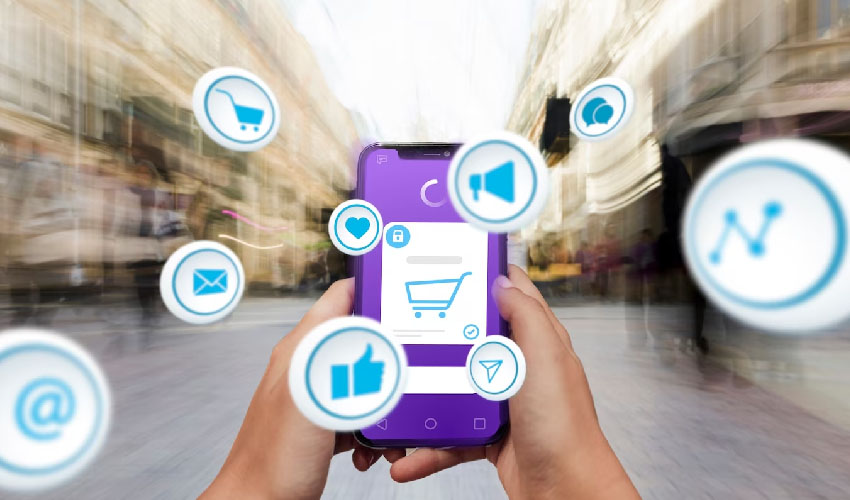Table of Contents
Introduction
In the rapidly evolving world of mobile app development, Flutter has emerged as a game-changer, especially in the e-commerce sector. With its ability to create beautiful, natively compiled applications for mobile, web, and desktop from a single codebase, Flutter is becoming increasingly popular among businesses looking to build robust and efficient e-commerce apps.
Advantages of Flutter for E-commerce Apps
Flutter offers several advantages that make it a preferred choice for e-commerce app development. Its cross-platform compatibility ensures that the app works seamlessly on both iOS and Android devices. The hot reload feature allows developers to make changes in real-time, facilitating rapid development. Additionally, Flutter provides a rich and customizable UI/UX, enhancing the overall user experience.
Key Features of Flutter for E-commerce Apps
Widgets play a crucial role in Flutter, enabling developers to create a visually appealing and responsive design. The platform also allows the integration of third-party plugins, expanding the functionality of e-commerce apps. With responsive layouts, Flutter ensures that the app looks and performs well across a variety of devices.
Case Studies of Successful E-commerce Apps
Several e-commerce giants have successfully adopted Flutter for their mobile applications, resulting in increased user satisfaction. The case studies not only highlight the success stories but also provide insights into how Flutter positively impacts the performance and user experience of e-commerce apps.
Challenges and Solutions in Flutter App Development
While Flutter offers numerous benefits, developers may face challenges related to performance, integration, and security. This section addresses these concerns and provides practical solutions to ensure a smooth development process and a secure e-commerce environment.
The Role of Dart Programming Language
Dart, the programming language used in Flutter, plays a vital role in building e-commerce functionalities. Its efficiency and capabilities contribute to the seamless performance of Flutter apps, making them ideal for the dynamic and transaction-heavy nature of e-commerce.
Future Trends in Flutter E-commerce Apps
As technology continues to evolve, Flutter is expected to witness continuous improvements and updates. This section explores the emerging trends and technologies that will shape the future of Flutter e-commerce apps, keeping businesses ahead of the curve.
Importance of Mobile Optimization
With an increasing number of users accessing e-commerce platforms via mobile devices, optimizing apps for mobile is crucial. This section emphasizes the importance of mobile optimization strategies to enhance user experience and reach a wider audience.
SEO Strategies for Flutter E-commerce Apps
Ensuring visibility on search engines is essential for the success of any e-commerce app. This section provides insights into effective SEO strategies, including optimizing app content, utilizing keywords, and leveraging metadata to improve the app’s search engine ranking.
User Experience and Interface Design
Creating an intuitive and user-friendly experience is paramount in e-commerce app development. This section delves into the principles of effective interface design and user experience, emphasizing the role of aesthetics in engaging and retaining users.
Building Trust through Secure Transactions
Security is a top concern for e-commerce transactions. This section explores the implementation of secure payment gateways and communication of security measures to users, building trust and confidence in the app’s reliability.
Social Media Integration for Marketing
Leveraging social media platforms for marketing can significantly boost the visibility and success of e-commerce apps. This section provides strategies for effective social media integration, helping businesses build a community around their Flutter-powered e-commerce apps.
Continuous Improvement and Updates
Staying relevant in the dynamic world of e-commerce requires continuous improvement and updates. This section emphasizes the importance of gathering user feedback and implementing enhancements to keep the Flutter e-commerce app competitive and user-friendly.
Conclusion
In conclusion, Flutter app development for e-commerce presents a plethora of opportunities for businesses to create high-performing, visually appealing, and secure applications. By leveraging the advantages of Flutter and staying attuned to emerging trends, businesses can position themselves for success in the competitive e-commerce landscape.
Thanks for reading our post “Flutter App Development for E-commerce”. Please connect with us to learn more about Flutter App Development.













